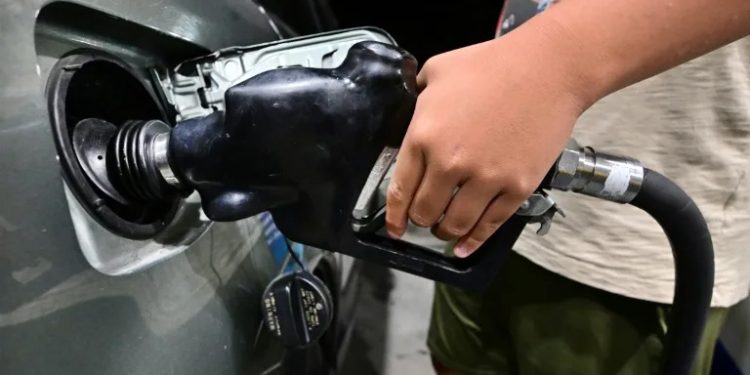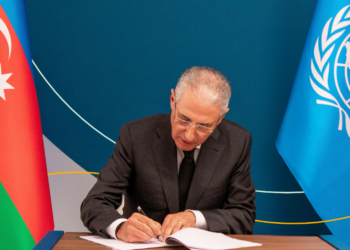The Paris-based body that advises industrial nations on energy policy said oil demand increased by just 710,000 barrels per day in the second quarter, the slowest rate in over a year.
“Oil consumption in China, long the engine of global oil demand growth, contracted in both April and May” the IEA said in its monthly report on the oil market.
Chinese demand in the second quarter was also marginally below the same period in 2023.
While demand in that quarter benefitted from the reopening of the Chinese economy after Covid lockdowns, the IEA said that the recent drop also “points to an intrinsic slowdown” and that “the downswing in the industrial fuels indicates a broader weakness in manufacturing”.
The world’s second-largest economy is grappling with a real estate debt crisis, weakening consumption, an ageing population and geopolitical tensions overseas.
The IEA trimmed its forecast for Chinese oil demand this year by 0.2 million barrels per day (mbd) to 17 mbd. While that would be a gain of 0.5 mbd from 2023, it is far short of the 1.5 mbd gain last year.
The IEA sees Chinese demand growth slowing to 0.3 mbd in 2025, also a drop of 0.2 mbd from its previous forecast.
The return to pre-Covid normalcy and weak growth will also see China’s weight in global oil demand growth decline, from about 70 percent of gains last year to 40 percent this year and next, according to the IEA.
Emerging economies such as India and Brazil will account for a greater share in global oil demand growth, while advanced economies in the OECD will see consumption decline.
“Global gains are forecast to average just below 1 mbd in 2024 and 2025, as subpar economic growth, greater efficiencies and vehicle electrification act as headwinds,” the agency said.
It trimmed its 2024 global oil demand forecast by 0.1 mbd to 103.1 mbd and its 2025 forecast by 0.2 mbd to 104.0 mbd.
Earlier this month the IEA said it expected global oil demand to stabilise at around 106 mbd by the end of the decade as demand in advanced economies falls.
AFP



















